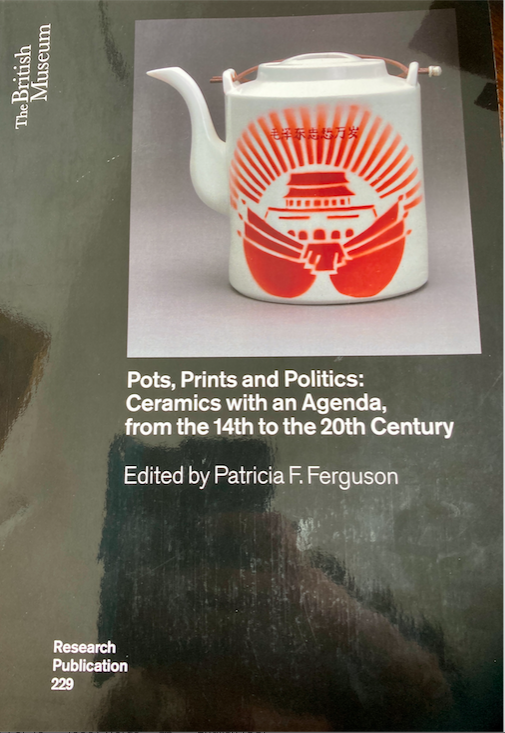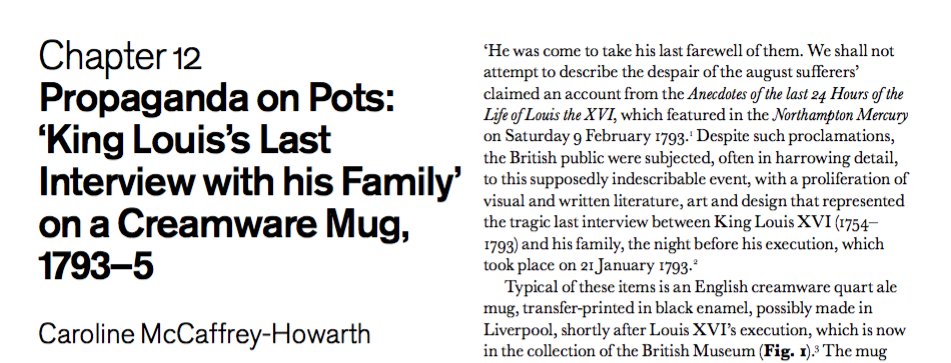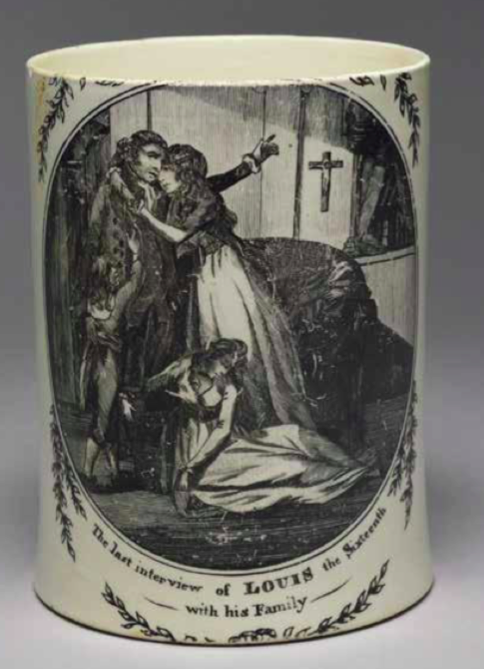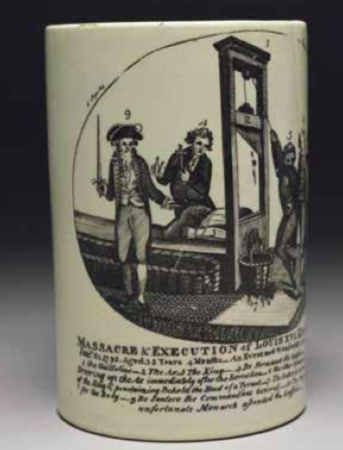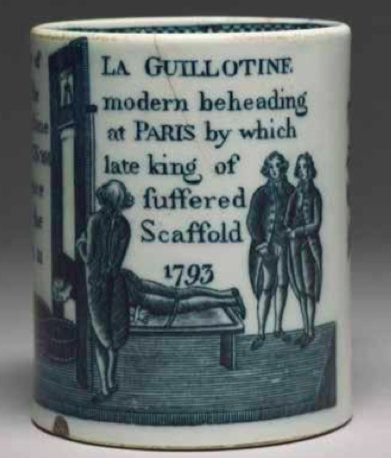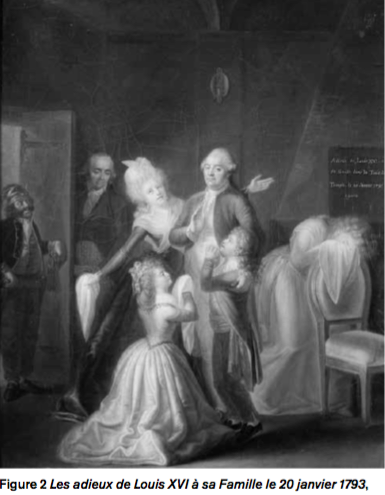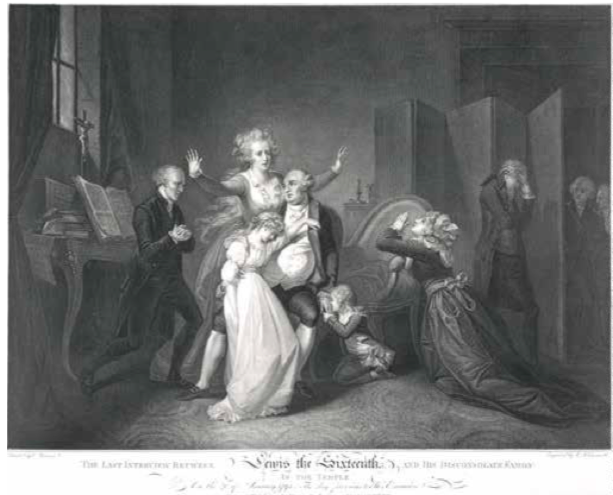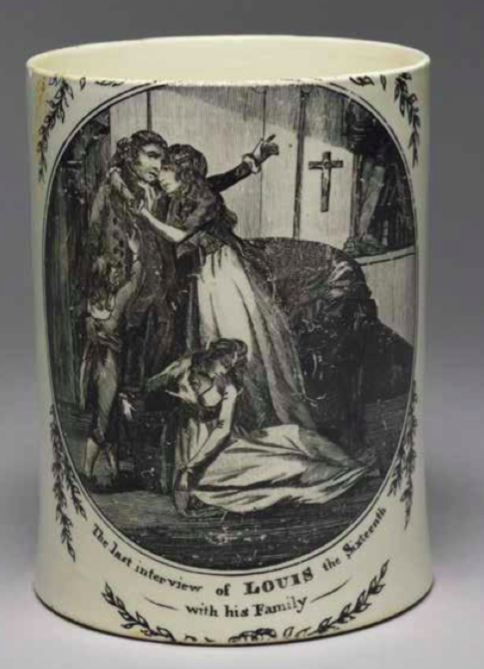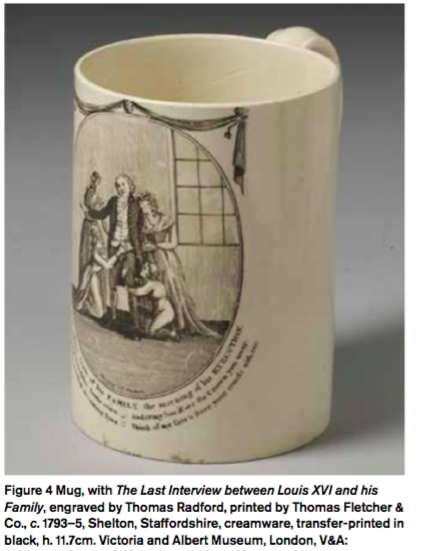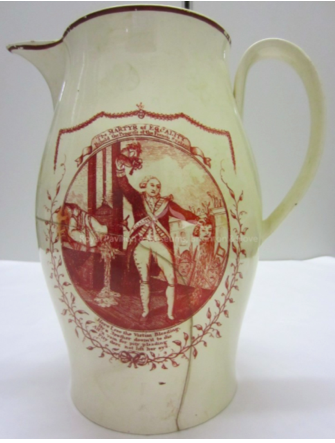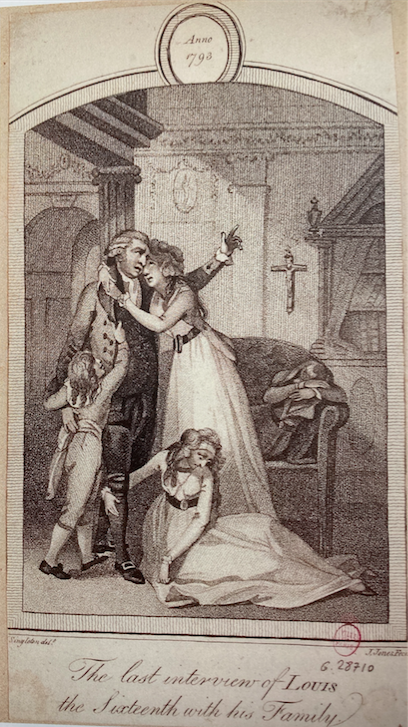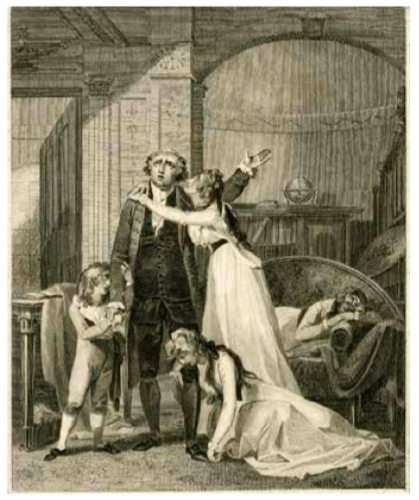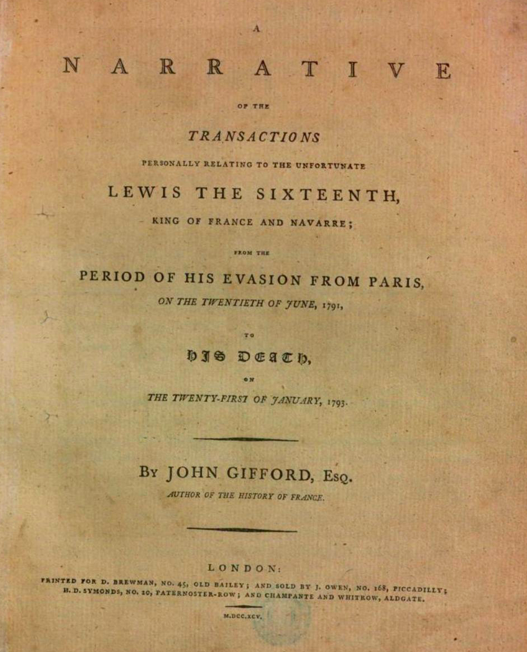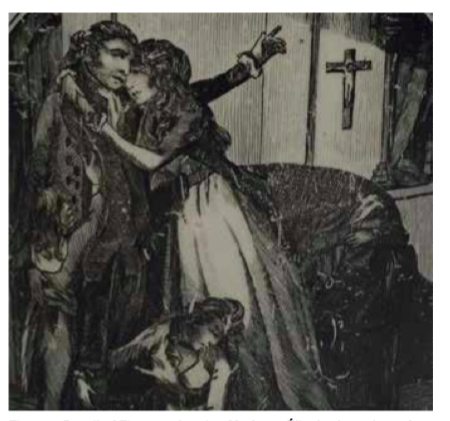As promised, some thoughts to celebrate my chapter ‘Propaganda on Pots’ in @britishmuseum new book ‘Pots, Prints and Politics: Ceramics with an Agenda’. This research has emerged from my post-doctoral project on Revolutionary ceramics as material records & historical agents 1/9
This chapter focuses on an English creamware quart ale mug, transfer-printed in black enamel, possibly made in Liverpool, 1793-95, following the execution of King Louis XVI by La Guillotine! It shows Louis XVI’s ‘final farewell’ or ‘Last Interview’ & is at @britishmuseum 2/9
There was a real appetite for visual and written accounts of Louis’ final hours, with numerous paintings & prints circulating the market and even life-size working models of the guillotine on display in London. These ceramics were mass-produced although few survive today 3/9
I argue that this mug has a multiplicity of meanings. Acting as a tool of social & political agency it existed within a wider political framework of rising radical dissent, as well as a growing anxiety for Britain’s monarchial structures 4/9
Such mugs & jugs would most likely have been used for drinking ale in a tavern. Incorporated into the consumption habits of the middle & working classes, their haptic engagement with such objects may have even shaped tavern conversation or debates during toasts 5/9
Our mug is based on two separate engravings of drawings by the artist Henry Singleton. One sees Louis gesturing to a globe. This was widely disseminated through John Gifford’s 1793 semi-historical book on Louis XVI. The other features a crucifix and was little known 6/9
In choosing to reproduce the image with the crucifix rather than the globe, the BM mug reinforces the King’s role as a religious martyr for his family & his people. A sentimental atmosphere dominates as they are locked together in a tight embrace 7/9
Here, users are reminded to be loyal to one’s family & to God. Was this part of a wider rhetoric championing the role of our own King George III? Or, perhaps a tool to suggest that monarchial power structures could also be challenged in England, and not just in France? 8/9
Finally, I& #39;m interested in who controlled the politics of this chosen design. The copper engraver? Pot printer? or factory? The consumer? Ultimately, all entered into a shared political economy of design whereby a simple mug acted as a tool of historical agency & propaganda! 9/9

 Read on Twitter
Read on Twitter